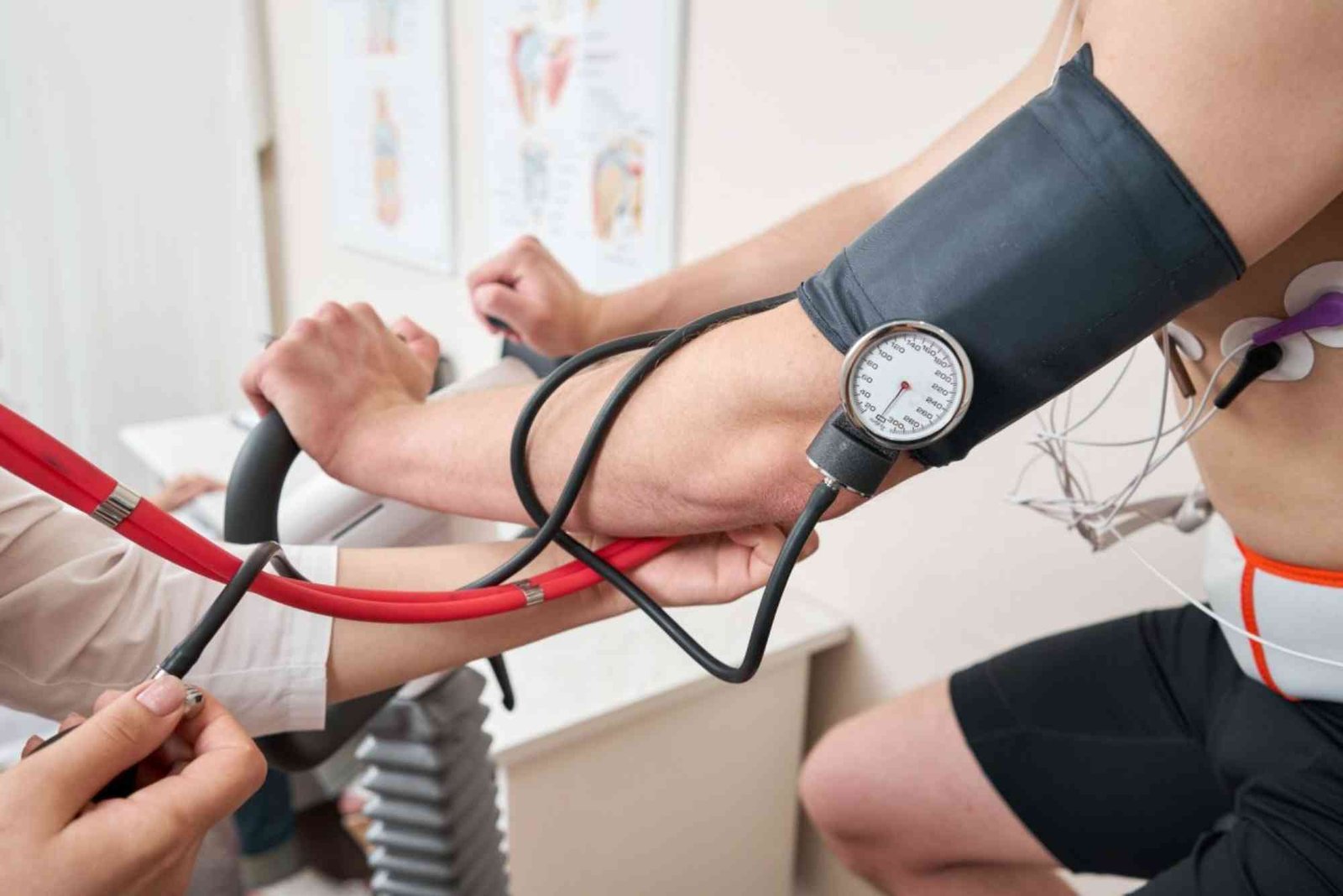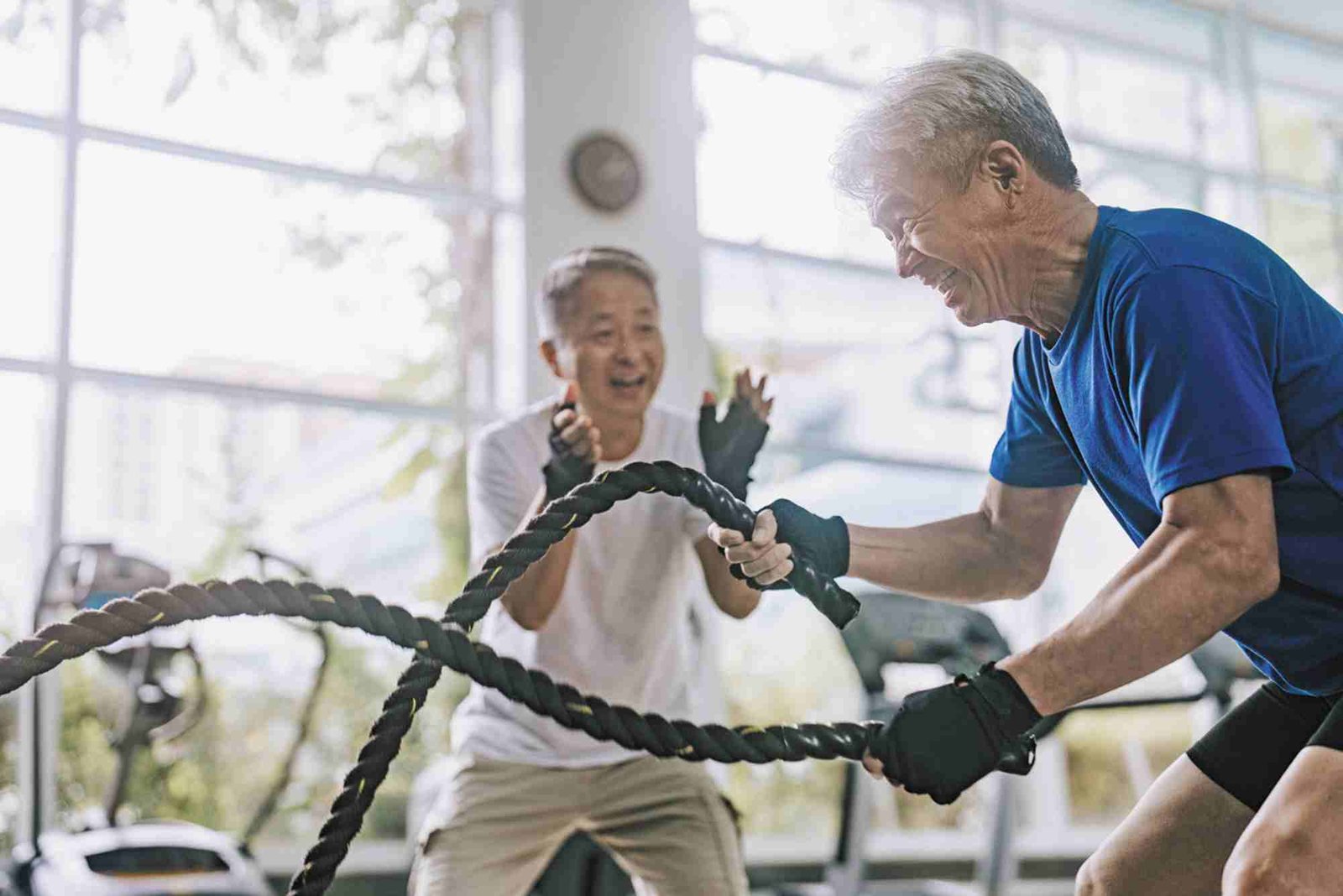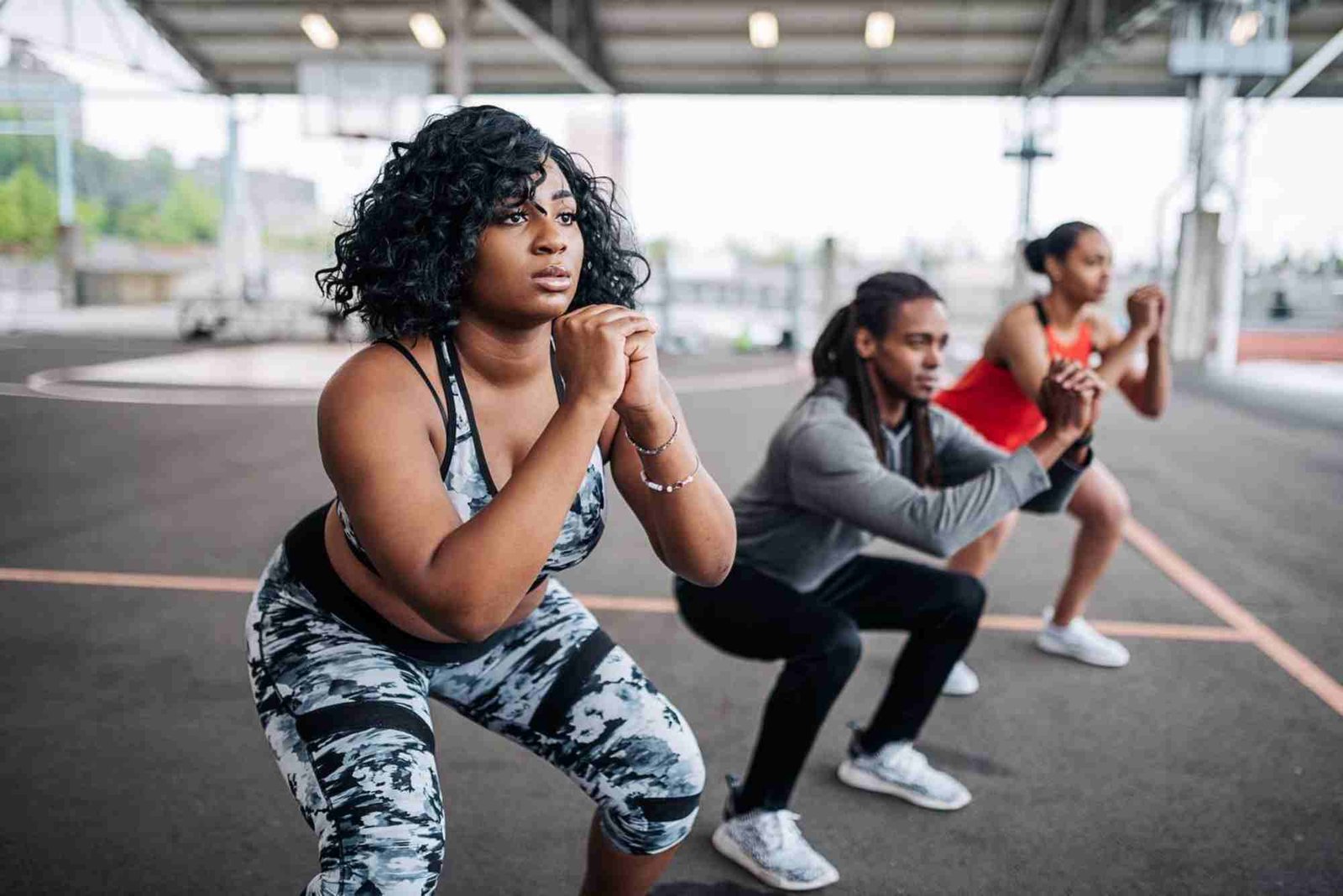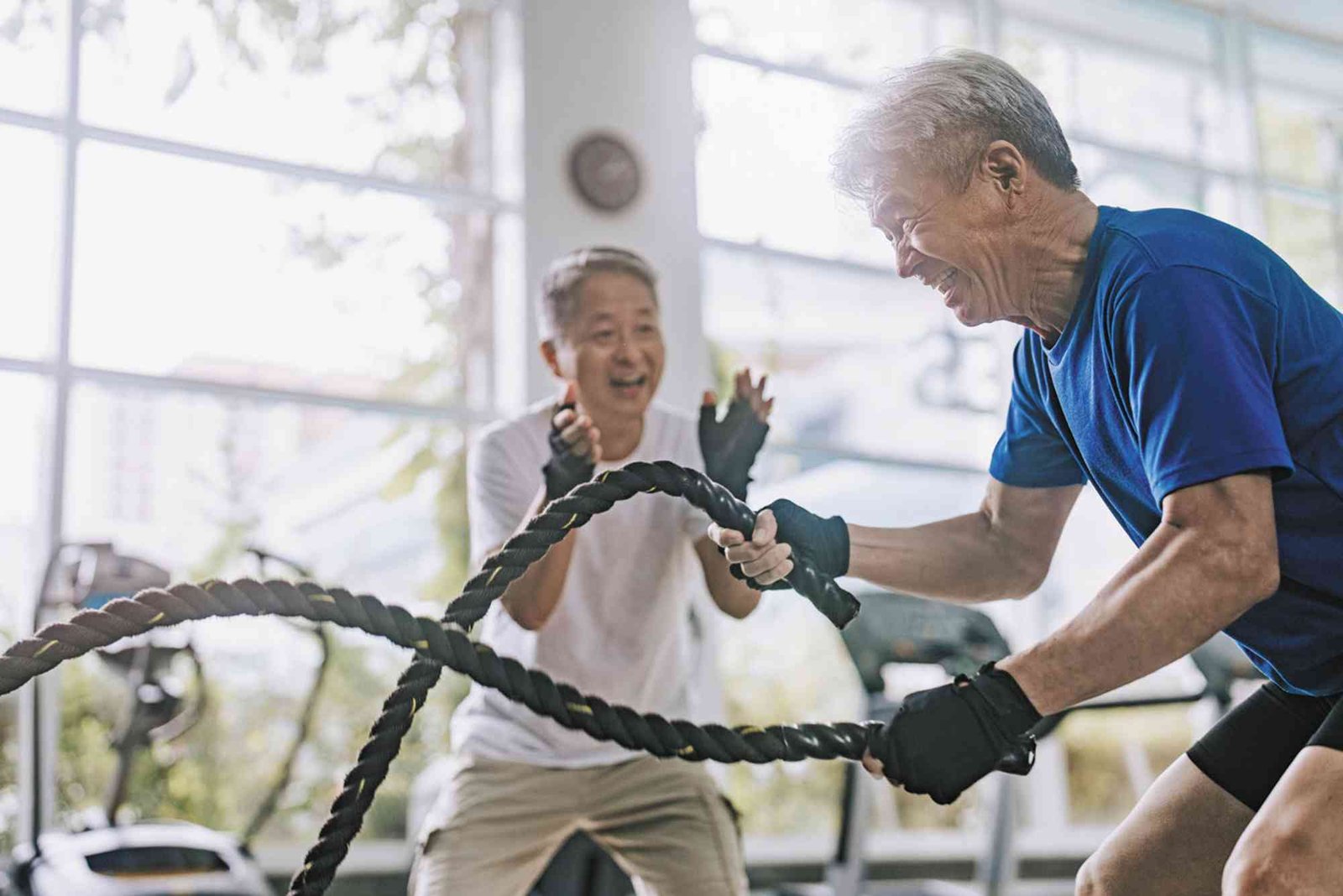Introduction
When you exercise, your heart works harder to pump oxygen-rich blood throughout your body. It’s natural to wonder — does blood pressure increase during exercise? The answer is yes, but understanding how and why it happens is crucial for maintaining heart health and preventing risks. This guide takes an in-depth look at does blood pressure increase during exercise and explores tips, safety measures, and common mistakes you should avoid for better workouts and overall well-being.
Understanding Blood Pressure During Exercise
Blood pressure is the force exerted by circulating blood on the walls of your arteries. It’s measured in two numbers: systolic pressure (when your heart beats) and diastolic pressure (when your heart rests between beats). During exercise, your systolic pressure naturally rises to meet your body’s demand for oxygen, while diastolic pressure typically remains stable or may slightly decrease.
When you move, your muscles require more oxygen. Your heart responds by pumping faster and stronger, increasing blood flow. This process elevates systolic pressure temporarily. However, after you finish exercising, your blood pressure should return to normal levels — or even lower, over time, with regular fitness routines.
Why Blood Pressure Rises During Exercise
The increase in blood pressure during physical activity isn’t a cause for alarm. It’s your body’s adaptive response to meet muscular and cardiovascular demands. During intense workouts, systolic pressure can rise from a normal 120 mmHg to 160–200 mmHg, depending on age, fitness level, and exercise type.
When you exercise, your arteries expand to handle the extra blood flow. Your heart rate accelerates, and more oxygen reaches your tissues. This ensures your muscles function efficiently under exertion. For healthy individuals, this temporary spike is beneficial and helps improve cardiovascular endurance. However, for people with hypertension or heart disease, monitoring is essential to avoid overexertion.
How Different Exercises Affect Blood Pressure
Not all exercises affect your blood pressure the same way. Let’s explore how different types of workouts influence cardiovascular response:
Aerobic Exercise
Activities such as walking, jogging, swimming, or cycling raise your heart rate steadily. Systolic pressure increases moderately, but diastolic pressure may stay the same or drop slightly. Over time, regular aerobic workouts help lower resting blood pressure and strengthen the heart.
Resistance or Strength Training
Weightlifting or resistance exercises can cause more significant, temporary spikes in blood pressure, especially during heavy lifts or when you hold your breath (known as the Valsalva maneuver). That’s why proper breathing and moderate loads are critical.
High-Intensity Interval Training (HIIT)
HIIT alternates between short bursts of intense activity and recovery periods. It can temporarily elevate both systolic and diastolic pressure but also enhances long-term cardiovascular efficiency.
Flexibility and Balance Exercises
Yoga and stretching generally have minimal effects on blood pressure, though certain intense poses may briefly increase it. Over time, yoga and breathing exercises can reduce stress and help manage hypertension.
Common Mistakes People Make When Exercising with High Blood Pressure
Exercising with high blood pressure can be highly beneficial, but mistakes can turn a good habit into a health risk. Here are some common missteps to avoid:
Ignoring Warm-Ups and Cool-Downs
Jumping straight into intense workouts without warming up shocks your cardiovascular system. A 5–10 minute warm-up prepares your heart and muscles, while cooling down helps return blood pressure to normal gradually.
Holding Your Breath
Many people unconsciously hold their breath during resistance exercises. This increases internal pressure and can cause dangerous blood pressure spikes. Practice steady, rhythmic breathing instead.
Overexertion
Pushing too hard without monitoring your body’s response can strain your heart. Use the “talk test” — if you can’t talk comfortably while exercising, you might be overdoing it.
Skipping Hydration
Dehydration reduces blood volume and stresses your cardiovascular system. Drink water before, during, and after your workout to maintain proper circulation.
Ignoring Medication and Medical Advice
If you’re on antihypertensive medication, skipping doses before workouts can lead to complications. Always follow your doctor’s instructions, and discuss your exercise routine with them.
Tips to Safely Manage Blood Pressure During Exercise
Proper planning can make exercise safer and more effective for your heart health. Here’s how you can maintain a healthy balance:
Monitor Your Blood Pressure Regularly
Check your blood pressure before and after workouts to understand how your body responds. Portable monitors make this simple and accurate.
Choose Moderate-Intensity Workouts
Brisk walking, swimming, and cycling are excellent options for cardiovascular health. Gradually increase duration and intensity as your fitness improves.
Focus on Breathing Techniques
Controlled breathing improves oxygen flow and prevents sudden spikes. Inhale during relaxation and exhale during exertion.
Eat Heart-Healthy Meals
Nutrition plays a vital role in regulating blood pressure. Include potassium-rich foods, whole grains, and lean proteins. Limit sodium and processed foods.
Prioritize Rest and Recovery
Overtraining raises stress hormones, which can increase blood pressure. Ensure you get enough sleep and take rest days between intense workouts.
Learn Proper Form
Incorrect posture or lifting techniques put unnecessary strain on your body and cardiovascular system. Consult a trainer to ensure correct movements.
Stay Consistent
Regular physical activity helps your heart adapt to stress better. Even 30 minutes of moderate exercise five times a week can make a difference.
What Happens After Exercise Ends?
After finishing a workout, blood pressure gradually returns to its resting level. This recovery phase, known as post-exercise hypotension, is beneficial because it can lower your overall resting blood pressure over time. However, if your pressure remains unusually high after exercise, it may indicate an underlying condition that requires medical attention.
Regular monitoring and adjusting your workout plan according to your health status ensure that exercise remains safe and productive.
When to Seek Medical Advice
You should consult your doctor if you notice:
-
Unusual shortness of breath during light exercise
-
Chest pain or dizziness while working out
-
Blood pressure consistently exceeding 200/100 mmHg during activity
-
Difficulty recovering or feeling fatigued after mild exercise
Your healthcare provider can guide you on safe exercise limits, necessary medications, and suitable fitness plans.
The Role of Exercise in Long-Term Blood Pressure Control
Exercise is one of the most effective non-medical treatments for hypertension. Over time, regular physical activity helps:
-
Strengthen heart muscles
-
Improve blood vessel elasticity
-
Reduce bad cholesterol (LDL) and increase good cholesterol (HDL)
-
Lower stress hormones
-
Enhance insulin sensitivity
These combined benefits lead to improved circulation and reduced resting blood pressure, creating a healthier cardiovascular system overall.
Expert Insights and Practical Experience
Fitness experts emphasize that awareness is key. Knowing your blood pressure baseline and tracking how it changes during workouts allows you to adjust safely. Combining aerobic exercises with moderate resistance training offers the best outcomes for most people.
For more guidance on this topic, explore an in-depth look at does blood pressure increase during exercise to understand the body’s response in greater detail. You can also visit sports & fitness basics to build a balanced and heart-friendly routine with professional insights.
FAQs
Why does my blood pressure spike during workouts?
Your heart works harder to deliver oxygen to muscles, temporarily raising systolic pressure. This is normal unless it rises excessively.
How high is too high during exercise?
Systolic readings above 200 mmHg or diastolic above 100 mmHg during activity may be dangerous. Consult a doctor for evaluation.
Can exercise lower blood pressure permanently?
Yes. Regular exercise strengthens the heart, improving its efficiency and reducing long-term blood pressure.
What exercises should people with high blood pressure avoid?
Avoid heavy lifting and breath-holding exercises. Focus instead on moderate aerobic and flexibility workouts.
Is it safe to exercise after taking blood pressure medicine?
Usually yes, but timing and dosage may affect performance. Always check with your doctor before adjusting medication schedules.
So, does blood pressure increase during exercise? Yes — but that rise is temporary and healthy when managed correctly. The key lies in understanding your limits, choosing the right activities, and following safe practices. By avoiding common mistakes and embracing heart-friendly habits, you can make workouts both safe and rewarding.
Exercise remains one of the most powerful tools for maintaining cardiovascular health, improving mood, and enhancing longevity. Whether you’re a beginner or a seasoned athlete, monitor your blood pressure, stay hydrated, and keep your sessions balanced.
For professional insights and wellness collaborations, visit our editorial partner for more expert-led health and fitness resources. Stay active, stay mindful, and let your heart thrive with every beat.




